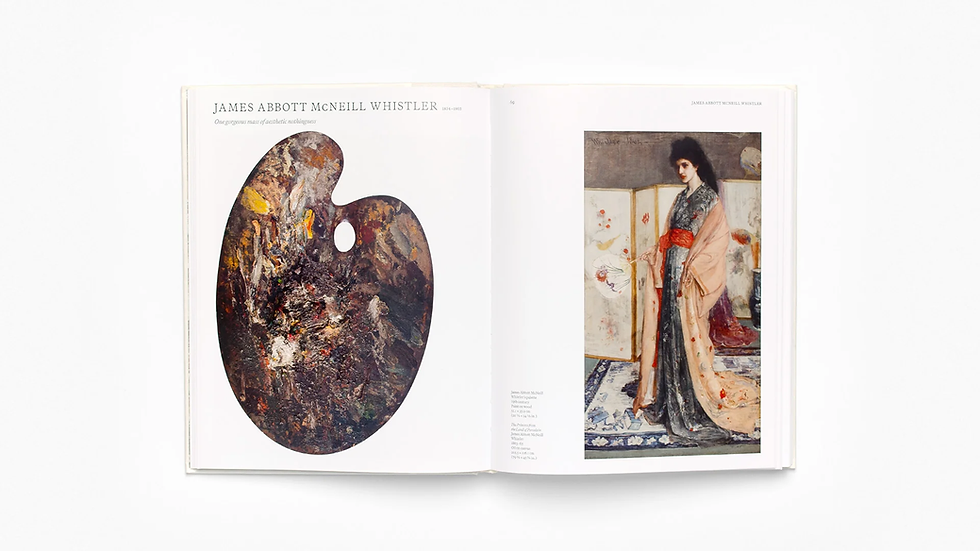Oil Painting Basics: Understanding a Paint's Opacity, Temperature, and Tinting Strength
- Katherine Griffin

- Jul 7, 2020
- 3 min read
Updated: Oct 2, 2025
There are three main characteristics to each color of oil paint that we need to understand in order to use that paint correctly and to avoid getting frustrated with perceived limitations. These characteristics are opacity, color temperature, and tinting strength. Here I will be covering each characteristic and how you can use them to your advantage.
What is a paint's opacity?
The opacity of a paint refers to how much light it allows to pass through it.

Paints have three types of opacity: opaque, semi-transparent, and transparent.
Opaque: Opaque paint covers what is underneath it.
Semi-Transparent: Semi-transparent paint allows more light to pass through it so that you can see underneath.
Transparent: Transparent paint is thin and allows light to pass completely through it to reveal what is underneath.
One type of opacity is not better than another, they just have different functions. For example, in my crude illustration above, you can see the difference between transparent paint on the left, were the colors combine to look orange, and opaque paint on the right, where we would only be able to see the red. But why do we need to know this? Because Opaque paints advance and transparent paints recede.
Which means you use opaque paints for highlights, and transparent paints in shadows, backgrounds, and lowlights. Below is a really great video explaining how this works:
What is Color Temperature?

Orange is the warmest color on the color wheel, with its compliment, blue, being the coolest. As you move towards one or the other you will get a cooler or warmer colors. This is why you can have both cool and warm yellows or cool and warm greens. But why is knowing this about a paint important?
To create convincing highlights and shadows, which in turn help objects appear 3D, you need to understand where to best place your temperatures.
If the light hitting an object is warm, the highlights will be warm and the shadows will be cool. If the light hitting an object is cool, the highlights will be cool and the shadows will be warm.
Daytime light usually has a cool, blue tint to it, making shadows warm. Artificial light tends towards warm, making shadows cool.
What is Tinting Strength?
Tinting strength refers to how strongly a paint will change the color of another. Sometimes a drop of paint, like with Phthalo Blue, will make the whole room blue. Other times, a massive amount of paint, like with Cerulean Blue, is needed just to nudge a color change.
Is it crazy important to know tinting strength? No, but you know... the more you know...
This brings me back to why I chose the paints that I did for my beginners starter pack. For each primary there is a warm and cool as well as an opaque and transparent. This will allow us to paint shadows and highlights convincingly, correctly, and with more ease.
What do you think? Will this change how you paint your lights and shadows? Let me know down in the comments.
Never want to miss a post? Subscribe to my newsletter by following the link:
This post is a rewrite of two posts from my original blog, Types of Paints and When to use them: Opaque, Semi-Transparent, Transparent and Painting Shadows and Lights: Warm vs Cool colors and Transparent vs Opaque.




Comments